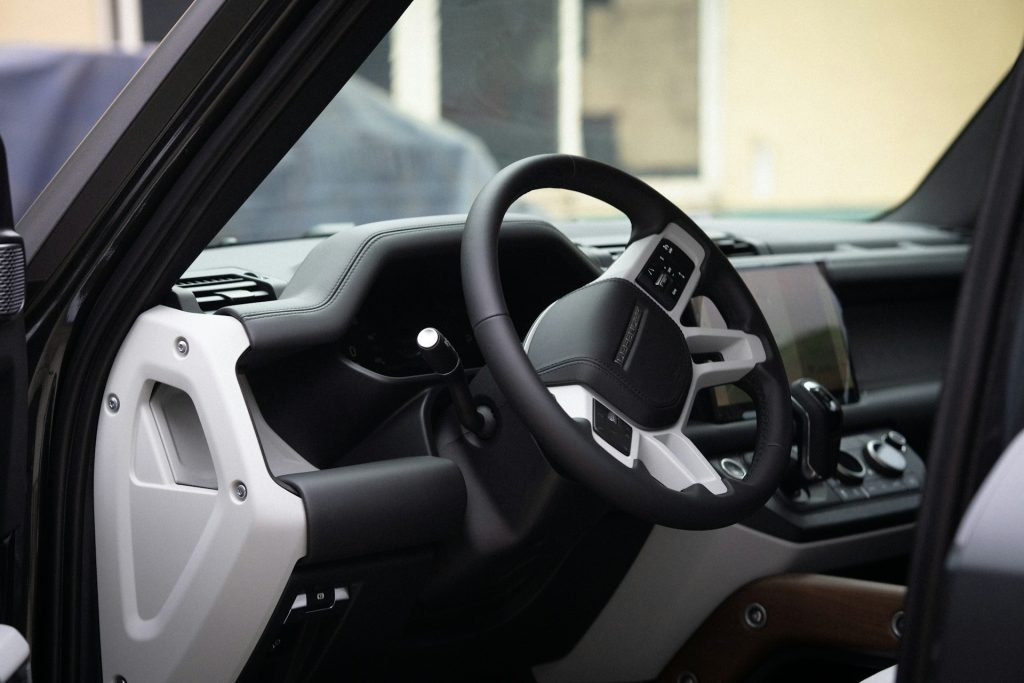As driving instructors, we bear the responsibility of preparing our learner drivers for the dynamic world of modern driving, including the constant development of innovative vehicle technologies. From advanced safety systems to driver assistance features, today’s vehicles are rapidly evolving, presenting new tools and potential challenges for drivers to adapt to.
At 121 Driver Training, our Driving Instructor Course empowers instructors with the knowledge and techniques needed to teach their learners about the latest vehicle technologies effectively. By understanding the essential features of these technologies and their potential impact on driving safety, we can create a new generation of tech-savvy, safety-conscious drivers who are equipped to navigate the modern driving landscape with ease.
Embrace the world of new driving technologies and discover how you can help your learners become confident, capable, and knowledgeable drivers, adept at operating modern vehicles with skill and ease. By integrating these technologies into your teaching strategy, you can contribute to the development of a safer driving environment for all on the road.
1. Advanced Driver Assistance Systems (ADAS)
Advanced Driver Assistance Systems (ADAS) are a set of innovative technologies designed to enhance safety and support drivers in various driving scenarios. Some common ADAS features include the following:
- Adaptive Cruise Control: Automatically adjusts vehicle speed to maintain a safe distance from the car in front.
- Lane Departure Warning and Lane Keeping Assistance: Monitors lane markings and alerts the driver when the vehicle is drifting out of its lane, with some systems even providing automatic steering correction.
- Blind Spot Monitoring: Alerts the driver when a vehicle is detected in the blind spot, aiding in safe lane changes.
- Forward Collision Warning and Automatic Emergency Braking: Monitors the road ahead for potential collision hazards and provides warnings to the driver, with some systems capable of applying the brakes automatically if necessary.
Teaching Tips:
- Explain the functions and limitations of each ADAS feature to help learners understand when and how to use them effectively.
- Encourage learners to rely on their own judgement and skills as the primary means of safe driving while using ADAS features as supplementary aid.
2. Connected-Car Features
Connected-car technologies offer a range of connectivity services that improve the driving experience and provide useful information to drivers. Some popular connected-car features include the following:
- Navigation Systems: Offer real-time traffic updates, route guidance, and point-of-interest information.
- Vehicle Diagnostics: Monitor vital vehicle systems and alert the driver to potential issues or required maintenance.
- Voice Command Systems: Allow hands-free control of various in-car features, such as making phone calls, sending messages, or adjusting climate control settings.
Teaching Tips:
- Familiarise learners with the connected-car features available in their vehicle and explain their benefits and purpose.
- Encourage responsible use of voice command systems and stress the importance of keeping both hands on the wheel and eyes on the road.
3. Infotainment Systems
Modern infotainment systems are designed to provide drivers with entertainment, information and communication services while on the road. Some key features of infotainment systems include the following:
- Multimedia Playback: Allows drivers to play various media formats, such as music or audiobooks, via Bluetooth, USB or auxiliary inputs.
- Smartphone Connectivity: Enables integration of a driver’s smartphone with the vehicle’s system, providing access to essential apps like phone calls, messaging, and navigation.
- Vehicle Settings: Allows customisation and control of various vehicle functions, such as interior lighting, door locking, and driving mode selection.
Teaching Tips:
- Guide learners through the operation of their vehicle’s infotainment system, ensuring they understand how to access and utilise essential features.
- Reinforce the importance of minimising distractions while driving and encourage the use of infotainment systems only when it is safe and appropriate to do so.
4. Electric and Hybrid Vehicle Technologies
With the growing popularity of electric and hybrid vehicles, it is vital to equip learners with the knowledge and skills to operate these modern cars responsibly and efficiently. Key considerations for teaching electric and hybrid vehicle technologies include the following:
- Charging Infrastructure: Familiarise learners with charging procedures and the locations of charging stations in their local area.
- Regenerative Braking: Explain how regenerative braking systems work to recover energy and extend the vehicle’s battery life, and encourage learners to utilise this feature efficiently through proper braking techniques.
- Energy Management Strategies: Teach methods to maximise energy efficiency and range, such as gentle acceleration, maintaining a consistent speed and minimising cabin heating or air conditioning use.
Conclusion
As instructors at 121 Driver Training, we have the opportunity to shape a new generation of tech-savvy, safety-conscious drivers capable of navigating the modern driving landscape with ease. By embracing the latest vehicle technologies and incorporating them into our lessons, we can ensure that our learners master the essential features that will play an ever-increasing role in their driving future.
Enrol in 121 Driver Training’s Driving Instructor Course today to equip your learners with the knowledge and experience necessary to handle modern vehicles and emerging technologies. Stay at the forefront of the industry and prepare your learners for the exciting future of driving.




